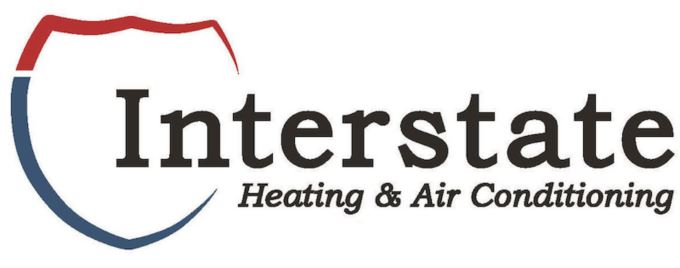
The Nest thermostat is one of the top-selling smart thermostats on the market today. And for good reason. It figures out your temperature preferences and makes an energy-efficient schedule to match. And through geofencing with your phone, the Nest Learning Thermostat and Nest E are aware of when you’re at your house or gone and can change temperatures to help you save even more.
The Nest is compatible with a vast range of 24-volt heating and cooling systems, but it’s always a smart idea to check the Nest thermostat compatibility checker before installing one. Don’t forget to contact your energy company for valuable rebates, since you could be able to get a Nest for free or close to it.
Once you’ve made sure it’s compatible, you can either wire it without help or call a HVAC pro like Interstate Heating & Air Conditioning. If you’re installing it yourself, you’ll notice a terminal for the C-wire, or common wire. This wire is just used for powering your thermostat. If your residence or HVAC system is older, you might not have one of these wires. In most cases, Nest says this isn’t a setback as the thermostat can draw enough power from other heating and cooling wires.
Sometimes, your heating and cooling system could have to have that C-wire. And here’s why.
Why Your Nest Keeps Losing Power and Other Issues
The Google Nest Thermostat is better than outdated programmable thermostats that have a combination of wiring and AA batteries for power. It relies on a rechargeable lithium-ion battery and wiring to link to Wi-Fi, power its digital display and turn on your heating and cooling system.
8 Common Nest Thermostat Problems
If it can’t receive ample juice, Nest says you could encounter some of these troubles:
- Bad battery life.
- Thermostat motion sensing won’t operate.
- Your thermostat occasionally disconnects from Wi-Fi.
- Your system abruptly turns on or off, or won’t stop running.
- Your system is producing strange noises, such as chattering, stuttering, clicking or thumping.
- Heating or cooling is short cycling, or constantly turning on and off in a short period of time.
- There is a delay notice on your Nest thermostat’s screen, along the lines of “heating is delayed for 2:30 minutes.”
- The system fan is constantly running, won’t switch on or turns off and on repeatedly in a short period of time.
You might believe something is wrong with your heating and cooling system, but if you just started using the Nest, we advise you check your thermostat right away. This is especially pertinent if the weather is temperate, and you haven’t been using your heat or air conditioning frequently.
Our Pros Can Resolve Nest Thermostat Troubles
If you’ve gone through Nest thermostat troubleshooting without help but can’t fix the problem, a smart thermostat pro including one from Interstate Heating & Air Conditioning can support you. We can identify the issue and add a C-wire, if necessary.
Smart thermostats including the Nest are designed to make your life easier, by automatic energy-efficient programming and the ability to keep an eye on settings while you’re away from home. It’s an annoying experience when yours won’t operate properly, but our heating and cooling specialists at Interstate Heating & Air Conditioning can resolve the problem fast.
If you’re experiencing odd heating and cooling behavior with your new Nest, give us a call at 402-581-9641 to request your appointment today.
